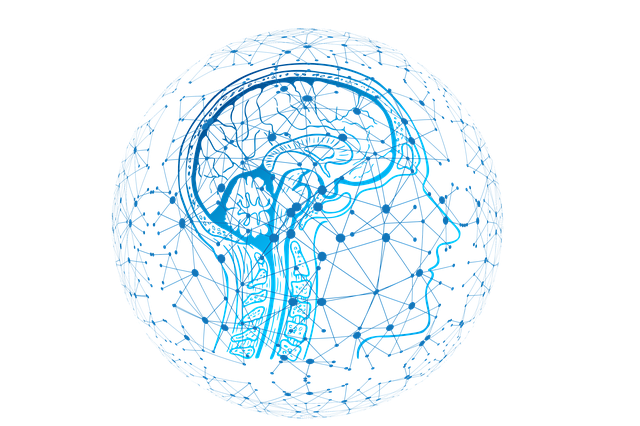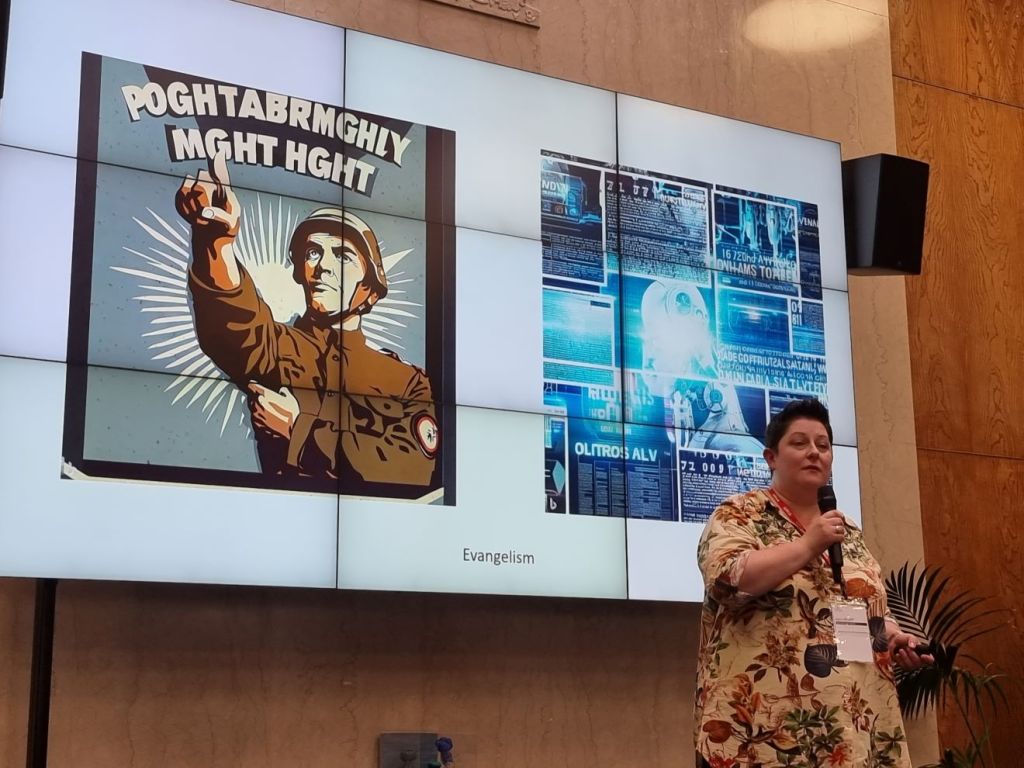
And so exam results day once again approaches and I would like to share a psychic prediction: That the newspapers will be filled with headlines as to how A-Level results have fallen when compared with last year.
Ok, so it isnt so much psychic as based on what we know about the UK exams system. We know that each year the grade boundaries are adjusted and that the trend pre-pandemic was for grades generally to be increasing year on year. The ever increasing grades werent necessarily the result of improving educational standards or brighter students, although both of these may or may not be the case, they were the result of a decision taken when setting grade boundaries. With the student exam scores available, the setting of the grade boundaries decided how many students would get an A*, an A, etc and therefore the headline results. It’s a bit like the old goal seek lessons I used to teach in relation to spreadsheets. Using Excel I could ask it what input values I would need to provide in order to attain a given result. So, looking at exam results, what grade boundaries would I need to set in order to maintain the ever increasing grades but while also avoiding it looking like grade inflation or other manipulation of the results. Now I note that in generally increasing grades across all subjects, some subjects showed more improvement than others, with some subjects showing dips, but summed across all subjects the results tended to show improvement year on year.
And then we hit the pandemic and teacher assessed grades and the outcry about how an algorithm was adjusting teacher awarded grades into the final grades they achieved. Students and parents were rightly outraged and this system of adjustment was dropped. But how is this much different from the adjustment of the grade boundaries as mentioned above? The answer is quite simply that the teachers and often students and parents were aware of the teacher assessed grades and therefore could quantifiably see the adjustment when compared against the awarded grade. When looking at the pre-pandemic exams teachers, students and parents don’t have visibility as to what the students grade might have been before adjustments were made to the grade boundaries. They simply see the adjusted score and adjusted final grade. Now I note that a large part of the outrage was in relation to how the grade adjustment appeared to impact some schools, areas or other demographics of students more than others, however I would suggest this is also the case when the grade boundaries are set/adjusted, albeit the impact is less obvious, transparent or well know.
So, we now head into the exam results following the period of teacher assessed grades with students back doing in-person exams. Looking at this from an exam board level, and reading the press as it was after the 2022 exam results, we know that a larger than normal increase was reported over the teacher assessed grade years, with this being put down to teacher assessed grades versus the normal terminal exams. As such I would predict that the exam boundaries will be set in such a way to make the correction. I predict the exam boundaries will therefore be set to push exam results downwards although it is unclear how much the results will be pushed down. It may be that the results are reduced slightly to avoid too much negative press or it may be that a more significant correction is enforced based on the fact that this might be easily explained by the previous teacher assessed grades plus also the lack of proper exams experience held by the students who sat their A-Level exams this time; remember these students missed out on GCSE exams due to the pandemic.
Conclusion
My prediction is that the exam results stats will be lower than last year but not due to students necessarily doing worse, but due to a decision that the results should be worse given last years apparently more generous results plus the fact these particular students have less exam experience than previous years, pre-pandemic. I suspect my prediction is all but guaranteed but an interesting question from all of this has to be, is this system fair? I believe the answer is no, although I am not sure I can currently identify a necessarily fairer system. But I think in seeking a better system, the first step is to identify the current system isnt necessarily fair.
And one more final thought: To those students getting their results: All I can simply say is very well done! This was the culmination of years’ worth of study and effort, and during a period of great upheaval the world over, unlike anything in my or your history to date. No matter the grades, you did well for getting through it. The grades, no matter what they are do not define you, but your effort, your resilience and what you decide to do next, your journey is what really matters. Well done and all the very best for the future!!







